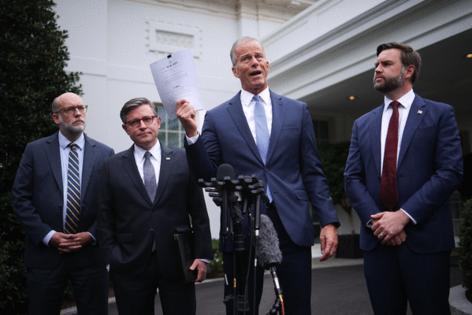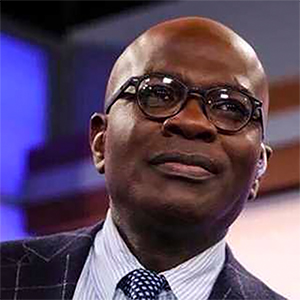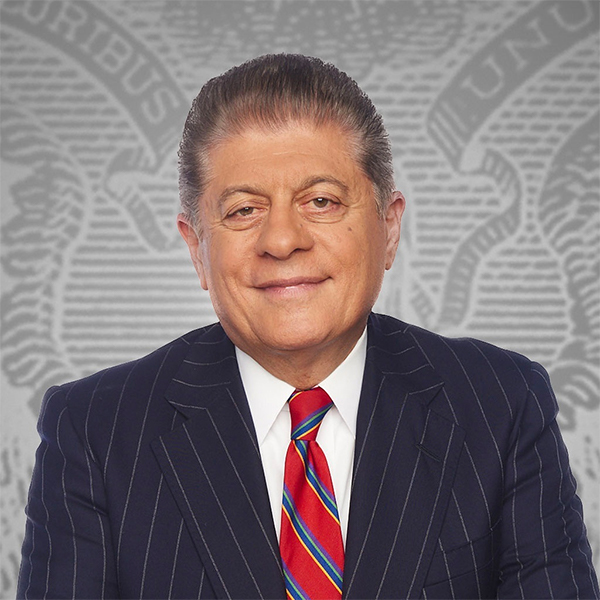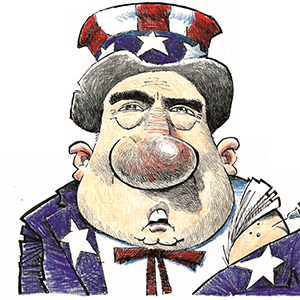Senate Majority Leader John Thune plans test vote on shutdown as Democrats lean toward deal
Published in Political News
Senate Republican leader John Thune said a deal is “coming together” as he planned a test vote Sunday on a narrow spending package that would end the 40-day government shutdown.
A group of Senate Democrats is leaning toward voting to advance the package provided final details can be worked out, including provisions protecting government workers from layoffs, a person familiar with the bipartisan talks said.
The group is large enough to get the package to the 60 votes needed, the person said.
Even if the vote on Sunday succeeds, that doesn’t necessarily mean the shutdown will end quickly. House Democrats would also have to get on board with the plan and their backing was not assured. Many Democrats in both chambers have continued to demand a one-year extension of the Obamacare subsidies for low-income Americans in exchange for agreeing to reopen the government.
Thune told reporters at the Capitol Sunday that he will be watching the vote tally to see if enough Democratic votes materialized.
As Transportation Secretary Sean Duffy warned that air traffic could “slow to a trickle” over the Thanksgiving holiday if the shutdown continues, the Senate readied a new stopgap measure that would fund the departments of Agriculture and Veterans Affairs along with the Food and Drug Administration and Congress itself through Sept. 30, 2026. Other agencies would likely be funded through Jan. 31, lawmakers have said.
Senators stayed in Washington over the weekend for the first time during the shutdown after President Donald Trump chided lawmakers to “not leave town” until the spending impasse is resolved.
Democrats, buoyed by a sweep of coast-to-coast election victories last week, had scaled back their demands, offering a plan to extend the Affordable Care Act tax credits for one year in exchange for re-opening the government. Republicans immediately rejected the idea, but the two sides did begin some informal conversations on how to move things forward.
Trump repeatedly berated Senate Republicans over social media to end the filibuster rule, which would allow the GOP to pass the bill with a simple majority instead of 60 senators. He also floated a vague idea to give money to people directly to pay for their own health care. He did not mention any appetite to negotiate with Democrats.
“He has spent more time golfing over the last several weeks than he has talking to Democrats who represent half of the country as part of an effort to find a bipartisan path forward,” House Democratic leader Hakeem Jeffries said on NBC’s "Meet the Press."
The effects of a shutdown compound the longer it persists. Federal workers continue to go without pay, and contingency funds — used as a stopgap to fund some benefits and pay military members — risk running dry. Backlogs for tax refunds, small business loans and other federal applications build up.
Lawmakers have pointed to pain points — ranging from airline chaos to delayed food aid — that could serve as inflection points to end the shutdown. So far, none of those developments have delivered any clarity to how or when the shutdown might end, inducing more uncertainty about what else needs to go wrong to heighten pressure on lawmakers to act.
The shutdown consequences are costing the U.S. economy about $15 billion a week. And the Congressional Budget Office estimates that the shutdown will reduce annualized quarterly growth rate of real GDP by 1.5 percentage points by mid-November. Consumer sentiment hit a three-year low on Friday amid heightened anxiety about the shutdown, prices and the job market.
_____
(With assistance from Lillianna Byington, Jack Fitzpatrick and Ken Tran.)
_____
©2025 Bloomberg L.P. Visit bloomberg.com. Distributed by Tribune Content Agency, LLC.
























































Comments